#richard gaines
Text
Here are 10 things you should know about Richard Gaines, born 119 years ago today. He enjoyed success in the theatre before turning to pictures and then TV.
#Richard Gaines#character actors#film noir#old movies#classic film#classic movies#classic hollywood#Golden Age of Hollywood#classic Broadway#classic TV#classic television
2 notes
·
View notes
Photo
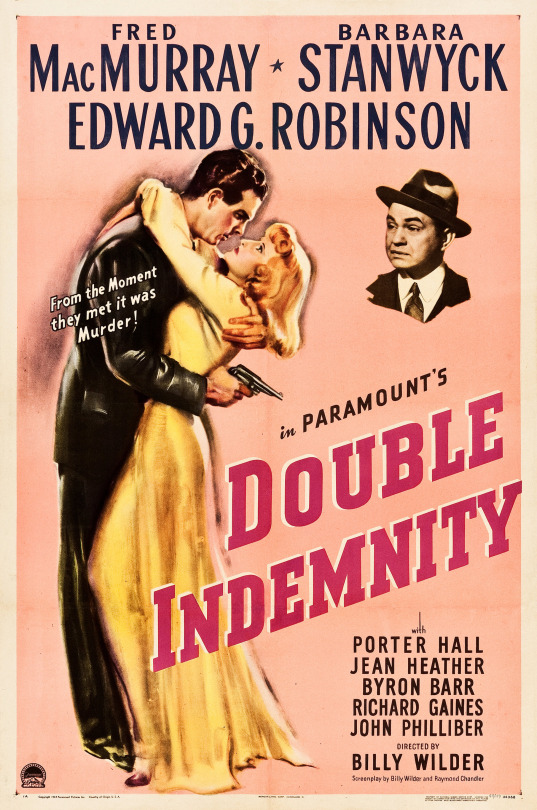
#double indemnity#fred macmurray#barbara stanwyck#edward g. robinson#porter hall#jean heather#byron barr#richard gaines#john philliber#billy wilder#1944
10 notes
·
View notes
Photo

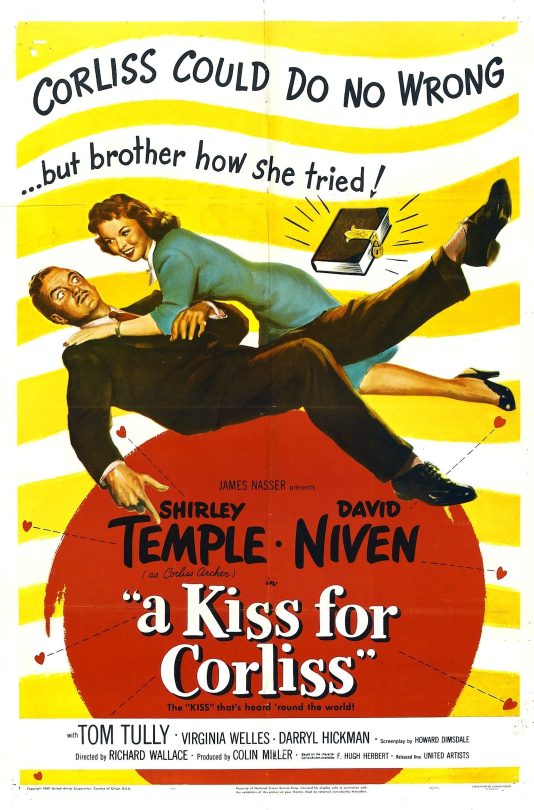

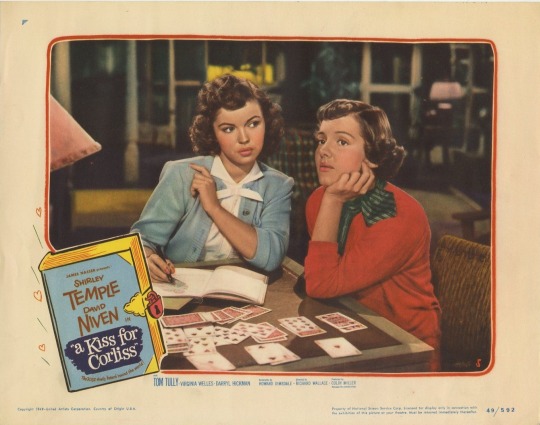


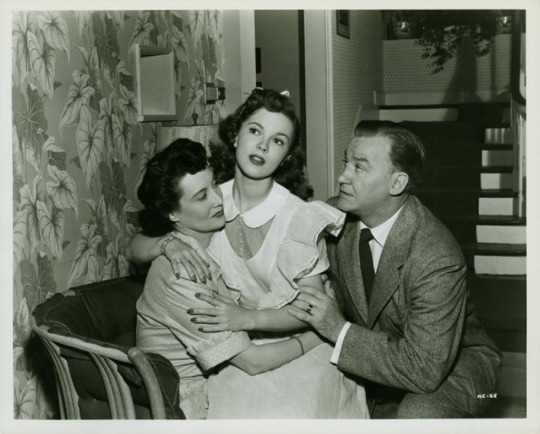

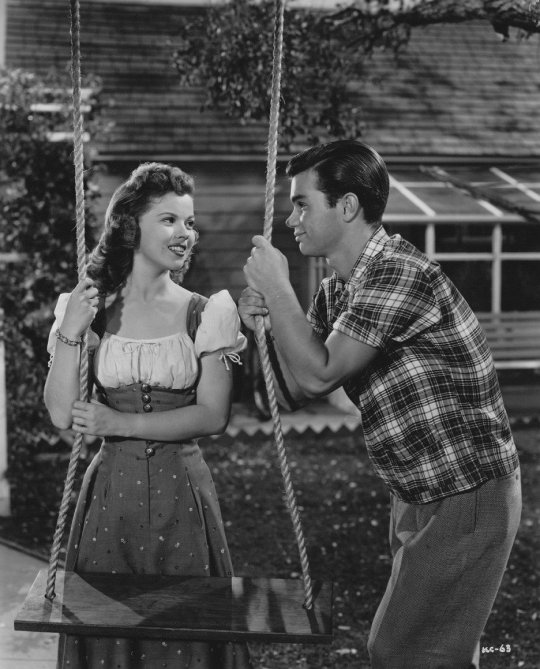
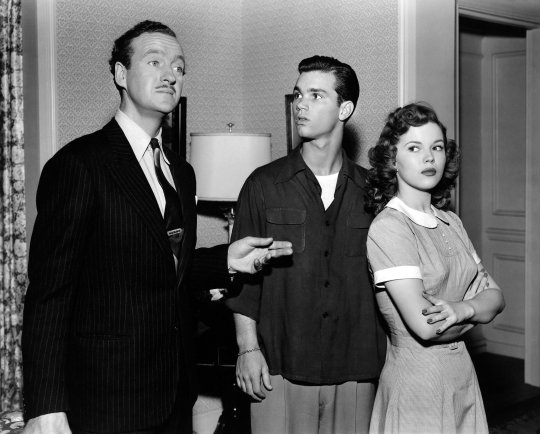
A Kiss for Corliss (Almost a Bride) (1949) Richard Wallace
November 20th 2022
#a kiss for corliss#almost a bride#1949#richard wallace#shirley temple#david niven#tom tully#darryl hickman#gloria holden#virginia welles#kathryn card#robert ellis#roy roberts#richard gaines
0 notes
Photo
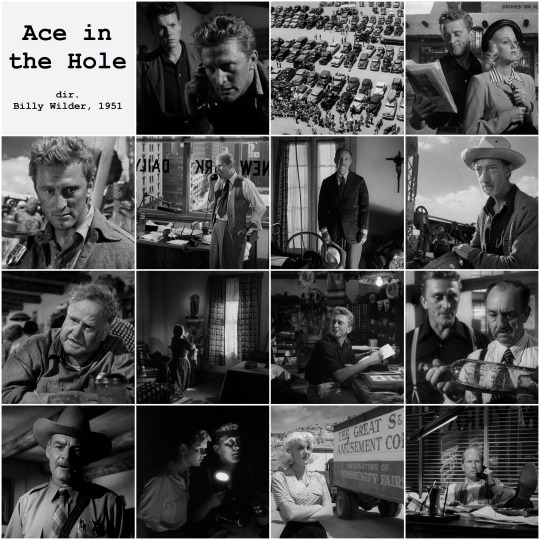
Ace in the Hole
directed by Billy Wilder, 1951
#Ace in the Hole#The Big Carnival#Billy Wilder#movie mosaics#Kirk Douglas#Robert Arthur#Jan Sterling#Porter Hall#Frank Jaquet#Frances Dominguez#Ray Teal#Richard Gaines
1 note
·
View note
Text


Man is melting in this heat
#fat#fatty#fat male#bhm#weight gain#sweat#sweaty#mild nudity#my art#fan art#!richard watterson#!the amazing world of gumball
36 notes
·
View notes
Photo



Richard Bernardin for Dress To Kill Magazine
148 notes
·
View notes
Text


Blaze *self-recording*: MONEY MONEY MONEY!!! People say you should cherish the small amount of money that you gain and they were right. I decided to throw a yard sale with a table that I found in town: I sold some frogs that I caught, fossils, vegetables from my garden, and thrash (I said one life I'll try to sell it. I don't lose nothing).
I managed to get like 116 simflouz. Still not enough because I want to buy myself an easel AND a camper van (I saw a very very cheap one for like 5k but where I find that kind of money...)
prev / next
Not a random townie picking up the thrash I wanted to sell in the yard sale and STILL not buying anything.

#how do you play rag to riches???#like there's NOTHING in mount komo#no fish spot#not even some gardens and stuff like I'm at awe how can I gain money without cheating and without a fricking job#ts4#the sims 4#sims 4#simblr#ts4 gameplay#the sims#ts4 globetrotter#globetrotter challenge#ts4 screenies#sims 4 screenshots#ts4 screenshots#s4 screenies#sims 4 gameplay#*my sim: blaze richard
10 notes
·
View notes
Note
Could you make both Kit Harington and Richard Madden look big in one of these photos? (or any other photo, really)
https://richard-madden.net/gallery/albums/eventos/2012/photocallmiami/normal_RMN_004.jpg
https://richard-madden.net/gallery/albums/eventos/2012/eventmiami/normal_RMN_001.jpg
https://richard-madden.net/gallery/albums/eventos/2012/photocallrio/normal_RMN_002.jpg

Not my best work, but I hope you enjoy!
12 notes
·
View notes
Photo






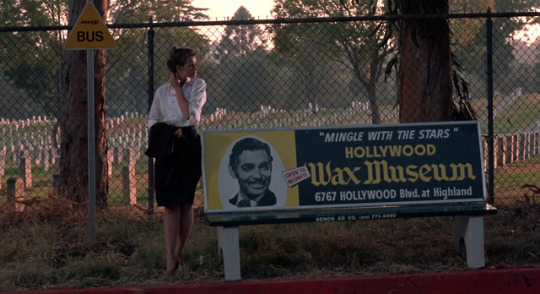
Breathless (Jim McBride, 1983).
#breathless (1983)#breathless#jim mcbride#valérie kaprisky#richard h. kline#robert estrin#richard sylbert#george gaines#j. allen highfill
22 notes
·
View notes
Text
me on a first date: so, do you think richard iii killed his nephews?
#chat#text post#richard iii#while i cannot deny that he is the most obvious suspect with the most to gain there are other cases to be made#forever fascinated by the mystery of the princes in the tower!#who wouldn't kill a little 12-year-old uncrowned king and his 9-year-old brother? just for the lulz?#get over yourself you're not above it
7 notes
·
View notes
Text
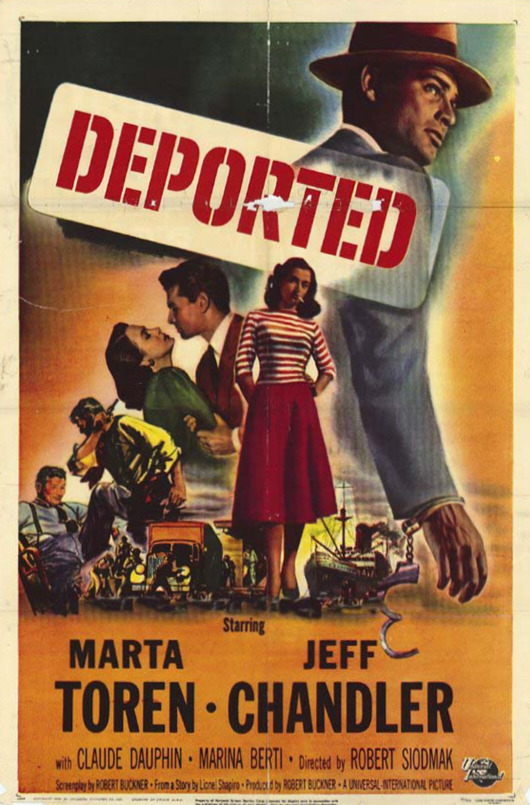
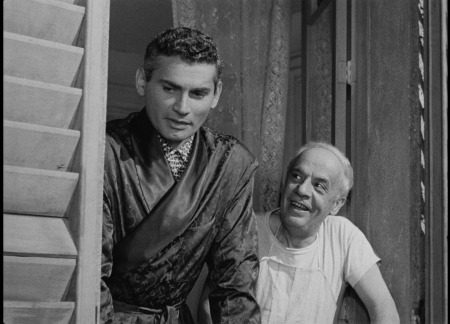


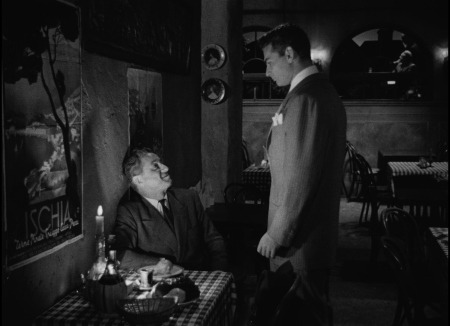
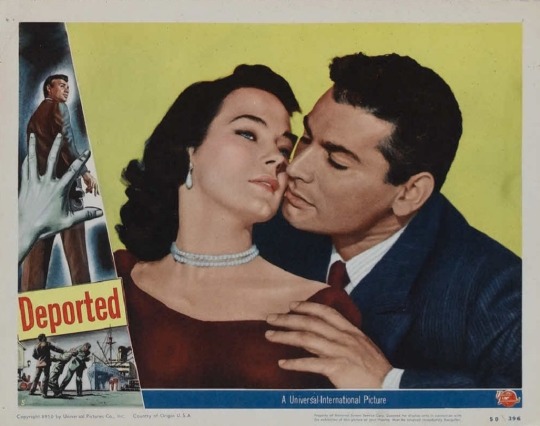


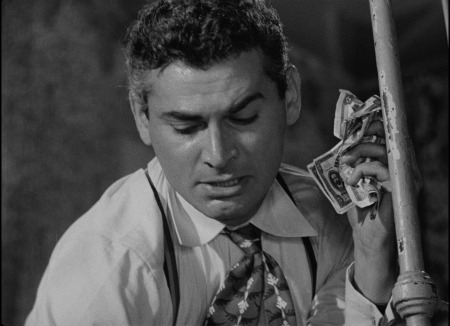
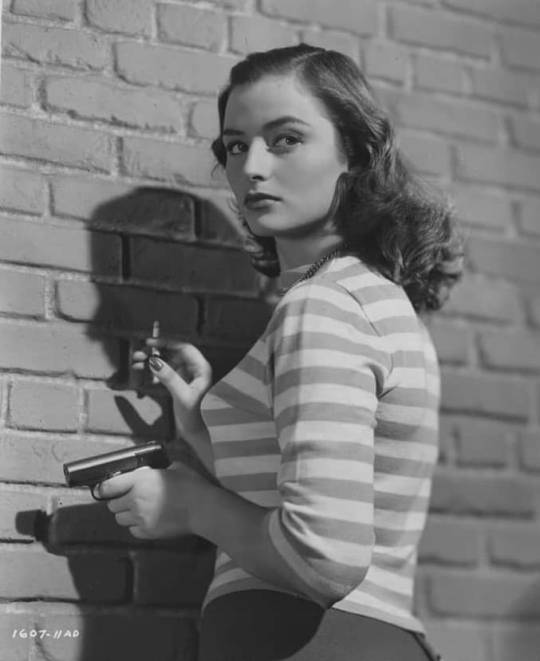
Deported (1950)
"Signor Smith, do all of you Americans treat women so, uh... so directly?"
"I wouldn't know. Maybe."
"But why? Have you so little time to spare?"
#deported#1950#film noir#american cinema#robert buckner#lionel shapiro#robert siodmak#jeff chandler#märta torén#claude dauphin#marina berti#richard rober#silvio minciotti#carlo rizzo#mimi aguglia#adriano ambrogi#michael tor#erminio spalla#dino nardi#guido celano#walter scharf#Indicator included this in their first Universal Noir box set but truthfully this barely qualifies as film noir; actually after a typically#hardboiled opening full of sharp dialogue and fistfights‚ this settles into something that's spiritually much closer to a romantic comedy#as Chandler's fish out of water (a low level mobster deported from the US back to the Italian village he hasn't seen since he was a small#child) falls for a local widow and must learn to temper his coarser instincts to find his inner kindness to win her heart. it's not by any#means an impressive piece of filmmaking or a highly original idea or even a very good script. what it IS is weirdly very very sweet: I got#truly invested in Chandler and Torén's burgeoning relationship‚ was rooting for them to work it out and for him to leave his shady past#behind. there is a little more crime film to the story (Jeff has to work out how to get his ill gotten gains into the country without#drawing unwanted attention) but for me that very much took a backseat to the real story of awkward lovers attempting to break down their#self imposed walls of security and make an honest open go of it together. very cute! i liked it!
3 notes
·
View notes
Text
i was playing the sims with rvb characters and Simmons would not STOP having mental breakdowns and midlife crisis around not doing his aspiration to the point where he refused to do them due to being too angry all the time.
#he also immediately gained the jealous trait after him and grif became boyfriends so this is prolly rlly accurate#donut also came out of nowhere after Simmons gain this trait and flirted with grif the moment left the room. so understandable#sim simmon has the worst fucking luck like last save he almosted died trying to fix lopez.#meanwhile sarge and doc just flirted with the grim reaper right on top of him#anyways he's so fucking cringefail. i cant wait to see this loser again#richard simmons#rvb simmons
12 notes
·
View notes
Text

I need to see him bigger and fatter
51 notes
·
View notes
Text
The Wrong Gun
The Raildoading of Richard Ramirez
There’s something about the Night Stalker: the Hunt for a Killer documentary that isn’t right. Well, there’s a lot of things about it that aren’t right, like the inclusion of crimes Richard was never charged with, much less convicted of, for example child abductions and the murder of Patty Higgins.
Then there are the contradictions, such as the claim the killer loved to look the victim in the eyes, yet also gouged them out if they dared to look at him, or he screamed at them to look away as he raped them.
Documentary makers, the media and even detectives Salerno and Carrillo don’t care about truth; they care about sensation. But to lie, there needs to be an element of truth to make it believable and that means, if you’re going to accuse someone of using a certain firearm, you need to show viewers the correct firearm, even if you cannot find the original. That is where a major failure in the documentary occurs and is also linked to the actual trial: the .22 calibre Jennings pistol.
In episode 3, Frank Salerno tells us how a witness, fuelled by his conscience, informs the police that ‘Rick’ had told him he killed a couple in Monterey Park with a .22 automatic pistol – up flashes a smiling image of the victims William and Lillie Doi – and that this witness had obtained the firearm from ‘Rick’ and taken it into Tijuana, Mexico and given it to someone else. At this point, a dramatic noise plays and up pops the exhibit – a .22 Jennings pistol – only, that is not a .22 Jennings pistol.

A Jennings pistol (now called a Jimenez pistol) is semi-automatic. The photo above, shown in this part of the documentary, is a double-action revolver, more specifically, if you look at the logo and the serial number on the barrel, a Colt Police Positive. Below is a .22 Jennings/Jimenez pistol. They are tiny.

As you can see, these are totally different weapons. The Colt revolver has a cylinder, whereas the Jennings uses a magazine clip in the handle.
This begs two questions: Richard was mentally ill, but would he really flippantly confess to a man that he murdered two people with the very gun he was flogging him? Why would the witness even take a weapon that had been used in a murder at a time when the attacks were gaining news coverage? A normal person would not touch this weapon for fear of being implicated. A normal person would immediately go to the police.
Who was this witness?
Jesse Perez was a man in his 60s who had previously been imprisoned for manslaughter following a bar fight in the 1940s and also for burglary. Perez was an unlicenced taxi driver who would transport Mexicans back and forth over the border and as with so many people who were never properly questioned in this case, he was connected to the fence, Felipe Solano. At trial, Jesse testified that Richard had been introduced to him by his eldest brother Julian Ramirez and that he often saw Richard at the Greyhound Bus Station. He stated that he had given Richard a ride to Tijuana and also taxied him around Los Angeles, on one occasion to meet Felipe Solano at a barbershop and another time to Solano’s home. Jesse alleged that Richard paid for these lifts by buying him lunch.
Jesse Perez claimed that Richard, whom he only knew as ‘Rick Moreno’ or Greñas (a nickname regarding his uncombed, messy hair) had told him he liked to burgle yellow houses for jewellery because “Orientals live in yellow houses and don’t retaliate”. This testimony is a slightly different confession from the one Detective Salerno gives, which involves an admission of a double murder – incorrect anyway, for Lillie Doi survived. Seeing as Jesse Perez never stated in court that Richard confessed to murder, Salerno is possibly embellishing the story now that neither party is alive to dispute him. Besides, if you go on Google Maps and drop the little Street View man on any part of LA County, you will find that most people live in yellow or cream houses, not just Asians.
Anyway, the gun
Jesse Perez said he obtained the gun, then gave it to his girlfriend, Esperanza Contreras Gonzales in Tijuana. How romantic, to hand your special person a gun that is potentially a high-profile murder weapon.Jesse was granted immunity which is very odd, given that he had handled a ‘murder weapon’, allegedly knew details about a murder that Detective Salerno said was not known to the public and is a convicted burglar and killer. Surely this should have made him a suspect?Esperanza said the Jennings did not contain ammunition, but five bullets were found in the magazine when it arrived at customs… or were they in the revolver cylinder – because that gun on the documentary was not a Jennings! Esperanza was also given immunity at the1986 Preliminary Hearing.
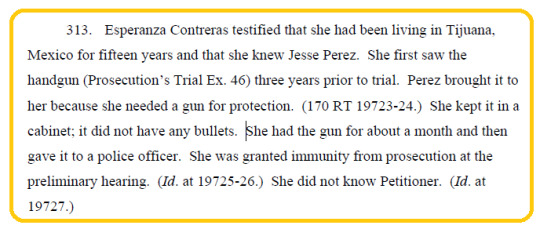
If ‘Rick’ was still in possession of this guna month beforeEsperanza received it from Jesse, as stated there in the petition, then why did he not use it to kill Lela and Maxon Kneiding and Chainarong Khovananth on 20thJuly? As was discussed inthis post, Richard was accused of usingtwo completely different gunson the same night for those murders.
There is more. The documentary claims a stereo was found during this Tijuana excursion and was the very one stolen from the Bell and Lang murder scene, thus tying the perpetrator to the Doi attack. But seeing as Jesse Perez was connected to the fence Felipe Solano, how do we know that he wasn’t stealing, selling and exchanging goods with him? Surely this also makes Jesse Perez a suspect? We will never know, for all three were given immunity and they cannot be investigated as they’re all deceased. As always, Richard’s defence team failed to challenge these aspects.

The above is unclear: does this mean Perez retrieved the weapon from a different friend in Tijuana or does ‘friend’ refer to his girlfriend Esperanza? If only the defence had asked.

What we have here is one criminal admitting to asking another criminal for a gun in early 1985, denying it and somehow still not becoming a suspect himself.
The revolver versus semi-automatic conundrum becomes more confusing when witnesses took the stand: they were all seeing something different.
Victim Sophie Dickman identified the Jennings, but she was not a reliable witness – she told officers on two occasions that her attacker was 5’8” before changing him to Richard’s height. Furthermore, the gun is reported to have been lost by the time of trial and the documentary shows the wrong gun, so what gun was Sophie actually looking at?

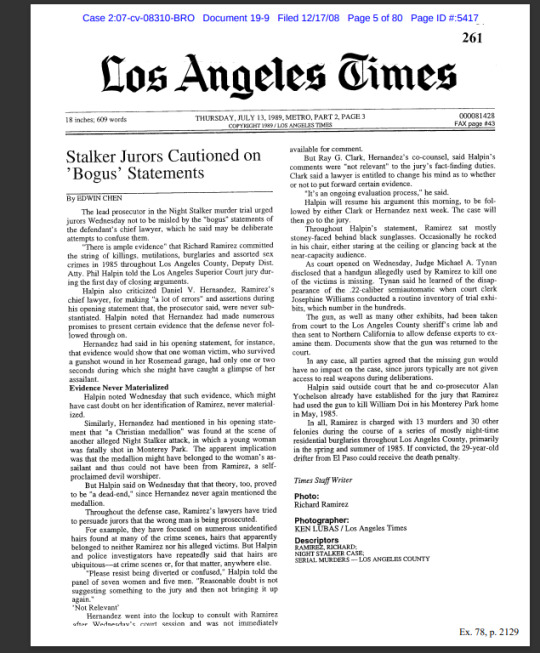
An associate of Richard’s, Earl Gregg asserted that Richard had attempted to sell him a black Jennings revolver… revolver?

The Jennings company (subsequently Bryco, then Jimenez) has never produced revolvers. This ‘black revolver’ does not match the silver Jennings gun that Sophie Dickman identified either.
So, what is the ‘evidence’ that Richard ever possessed this Jennings pistol? All we have is the following:
The testimony of a manslaughter and burglary convict, and friend of the infamous Solano.
A gun that did NOT have Richard’s fingerprints on.
Witnesses who cannot tell what gun they saw.
A missing Jennings gun at trial that apparently did not matter.
A Colt revolver shown on the documentary passed off as the Jennings.
When it comes to the bullet found in the Doi house, it was distorted and should have been challenged, but the defence failed.
Richard should not have been convicted of the Doi murder on the basis of this weapon. The more one looks, the more it appears that he was framed.But why? Why would Jesse Perez have pointed the finger at Richard? Perhaps he was one of the ‘Night Stalker’ attackers himself? Perhaps there was a financial motive? Actually, there’s no ‘perhaps’ about the financial motive – he was awarded ten thousand dollars. See LA Times, 25th October 1989, (Document 19-9, page 15) and also Breeze Newspaper (same date, Document 19-10, page 106).
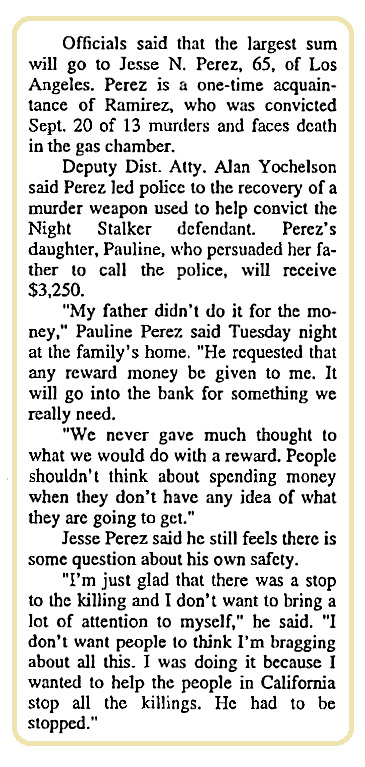

Also in the same article, it states that Earl Gregg, Richard’s associate named above and his wife Deleen, also received $2,500 and that Gregg’s sister Laurie Ochoa also received the same sum, just for recognising Richard from that really bad composite sketch. She stated that they were looking forward to a nice Christmas.

It must have been like winning the lottery for these people, a bunch of (now deceased) drug addicts and handlers of stolen goods; meanwhile, Richard Ramirez was sentenced to death, when there was no concrete proof he ever had that Jennings pistol. The wrong gun? Well, it might also have been the wrong man.
-VenningB-
Read full article Here
#the night stalker#night stalker#richard ramirez#ricardo ramirez#railroad#night stalker the hunt for a serial killer#22 Jennings pistol#Night Stalker: the Hunt for a Killer#netflix#Frank Salerno#Colt revolver#gil carrillo#The Railroading Of Richard Ramírez#serial killer#mass murder#tcc#true crim#true crime community#ted bundy#ed gain#jeffrey dahmer#jack the ripper
27 notes
·
View notes
Text
Isn’t it so funny that Adam Parrish’s birthday is on July 3rd, the day right BEFORE the US gained independence??? Coincidence???
#he spends like every dam book trying to gain independence#I’m crying#Adam Parrish#hes always right before independence ☹️#the raven cycle#the raven boys#trc#trb#blue sargent#ronan lynch#richard campbell gansey the third#gansey#gangsey#henry cheng#noah czerny#bluesey#sarchengsey#pynch
98 notes
·
View notes
Note
Didn't edward iv leave his brother Richard in lots of financial difficulties though?
No, he did not. I really don't know where this myth has originated from other than the persistent need to victimize Richard.
Firstly, Edward IV didn't leave Richard anything. Whatever he left was for his own son and heir, Richard's nephew, who Richard usurped.
Secondly, Edward IV was the first king since Henry II in 1189 to die solvent. He had managed to break the vicious cycle of plummeting debt and inefficiency that had plagued pretty much every single ruler till then. It doesn't really matter how much money the crown actually had left at the time of his death*, because the fact that he died solvent meant that whoever his successor was (in this case, Richard III), they were going to begin their reign with a financial advantage that no English monarch had enjoyed for the past 200 years. I don't know Richard's fans have convinced themselves that he inherited financial difficulties instead.
As stated by David Horspool, Richard's own historian:
"(Richard III) would try to differentiate himself from his brother, whose ‘unlawful invencions and inordinate covetise, ayenst the lawe of this roialme’ he would later denounce in an Act of Parliament. In fact Edward had managed to set royal finances back on an even keel after the disastrous waste and inefficiency of Henry VI (and all former kings post Henry II), Richard was, initially, the beneficiary of the better practise instituted by Edward IV.”
(The contemporary Croyland Chronicle mentions a main reason that Richard was better prepared to defend his kingship was "because of the treasure which he had in hand—since what King Edward had left behind had not yet all been consumed". They may have exaggerated the money Edward left behind, but either way it shows how contemporaries were aware of Richard's comparative advantages. It's highly ironic that what should have been used to uphold Edward's son was now being used to uphold his son's usurper instead).
Thirdly, Edward IV had presided over a highly effective and innovative combination of financial policies. These included the elevation/increase of royal chamber finance, the enlargement of the crown lands (Steven Gunn calls it "the most extensive royal demesne in medieval English History"), and an increase in royal feudal rights towards the end of his reign, among others**. Most importantly of all, he was actually successful, meaning that whoever followed him would have the huge benefit of having his established and well-attested precedent to continue from. Indeed, Charles Ross has noted how "Henry VII had the great advantage of being able to build upon the foundations laid by his father-in-law". Richard III, who seized the throne just a few months later, would have had the same advantages, as Horspool also notes.
Richard III, in fact, seems to have (temporarily) reversed some of his brother's well-established policies which could be used to gain money. Eg: he abolished benevolences; and he repealed Edward IV's newly established wardships and marriages act in the Duchy of Lancaster "notwithstanding that he conceiveth the said act to be to his great profit … having more affection to the common weal of this his realm and of his subjects than to his own singular profit". If you deliberately reverse policies with immense potential for revenue-raising, I don't know how you can then go on to complain that your brother left you nothing.
In conclusion: no, Edward IV did not leave Richard in financial difficulties. If anything, he left Richard with financial advantages that no king had had in over 200 years.
(Also, just to clarify: the Woodvilles did not steal the treasury. We know for a fact that Elizabeth Woodville did not have any money in sanctuary. The story of a theft was only mentioned by Mancini and either originated in gossip or, more likely, from Ricardian propaganda aiming to vilify them in 1483 by positioning them against the crown.)
*We know for a fact that Edward IV died solvent, but from what I understand, the exact money he had is impossible to know because of his missing chamber records. Contemporaries like Croyland did believe he had substantial money and treasure; on the other hand, Rosemary Horrox has analyzed how his cash reserves were probably relatively low due to international conflicts the previous two years. Either way, like I said, the main thing is that he was the first king in over 200 years to die solvent, which was massively advantageous to his successor.
**While his policies were clearly innovative, they weren't all completely original. However, their combination certainly was; they were modified to actually work better; and they were initiated from the beginning of his first/second reign and widespread across the royal lands (rather than in smaller pockets), meaning that they were clear systematic policies. They were also, like I mentioned, actually successful - meaning that they would be the proven precedent that his successors would turn to.
#ask#r*chard iii#edward iv#this is the same logic as people who hail Richard for his 'peaceful' administration and reign#without understanding that he a peaceful country *from Edward IV*#it was already peaceful when he took over - he can't really be given the credit for making it peaceful on his own lol#Or claiming that Edward IV let a rivalry develop between Richard and the Woodvilles which 'forced' Richard to usurp the throne#when there is no evidence of any hostility between them and all indication of cooperation#and *Richard* was the one who provoked fear/hostility by arresting them and forcibly seizing the young king#Or claiming that Edward IV left great naval tensions with France with he died - when he had already begun making efforts to alleviate those#tensions and preserve his truce - something *Richard* chose to ignore to try and instigate France for no reason instead#Or claiming that Edward IV's manipulation of landed estates somehow led to his son's usurpation - conveniently ignoring how they were#successful during his life and would have been successful during his son's as well. Without *Richard* actively inflaming and exploiting#them to gain political support they wouldn't have mattered (Edward was not the first nor the last king to do this)#Or claiming that Edward IV's policies complicated matters for Richard / Richard III was reforming them when in fact we know that#Richard mostly tried to *follow* his brother's policies (with some exceptions that usually backfired)#or when historians (Pollard; Ross) blame Edward IV for failing to pass his crown successfully to his son#Conveniently ignoring how literally everyone expected and wanted Edward V to be crowned soon#And minimizing how the only reason that Edward V was usurped because his own uncle *Richard of Gloucester#decided to usurp him* and took active steps to make that happen#Somehow Richard's agency is always downplayed. Just look at Ross saying: 'Nor should Richard's own forceful character be overlooked'#at the very END of the list of reasons for a potential usurpation#Richard's 'forceful character' is literally the main reason the usurpation happened. If he had supported his nephew instead#none of this would have happened. This is ridiculously simple; HOW is it so difficult to understand?#Horspool says it best: 'Edward IV had not left a factional fault line waiting to be shaken apart. Richard of Gloucester's decision to usurp#was a political earthquake that could not have been forecast on April 9 when Edward IV died'#and#'Without one overriding factor - the actions of Richard Duke of Gloucester after he took the decision to make himself King Richard III -#none of this would have happened'#It's a very consistent pattern I've noticed. Edward IV is somehow held more responsible for Richard's usurpation than Richard himself
2 notes
·
View notes